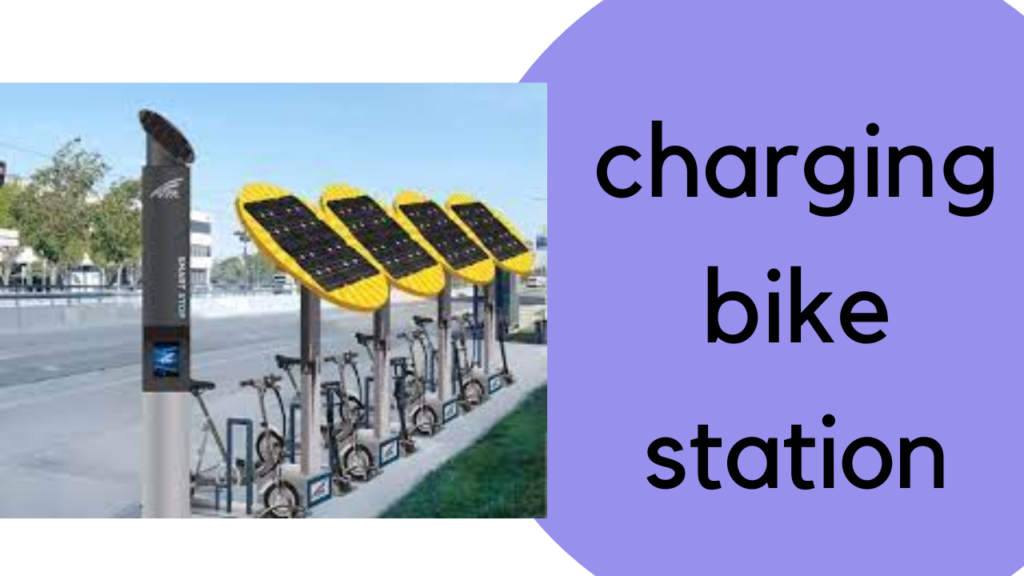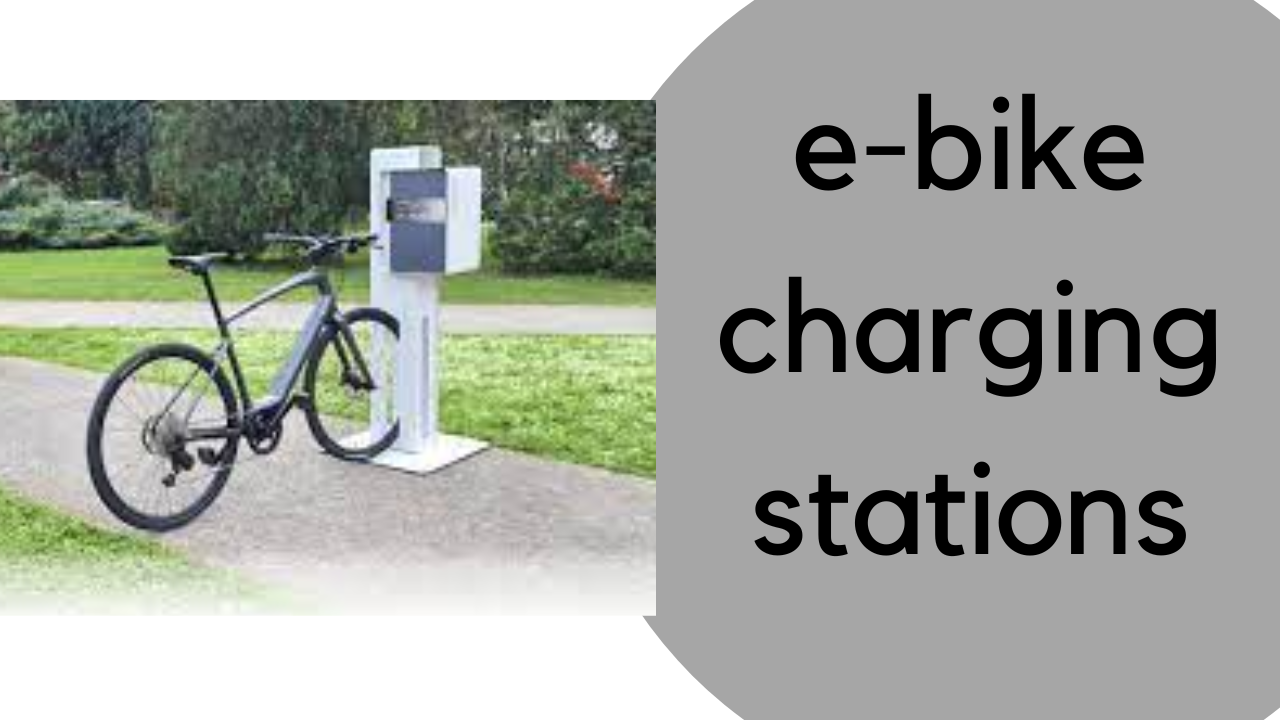E-bike Charging Stations
In the ever-evolving panorama of non-public transportation, e-bikes have carved an area of interest for themselves. With a mind-blowing surge in sales, it is evident that extra humans are opting for the electrically powered two-wheelers. One of the imperative elements of proudly owning an e-bike is to grasp how and the place to cost it, in particular when on the go. In this article, we unravel the mysteries at the back of e-bike charging stations, delving into their performance and the science that powers them.
The Rise of E-Bikes
Before we delve into the intricacies of Fastest e-bike charging stations, let’s take a moment to admire the meteoric upward jostle of e-bikes in recent years. In Germany alone, around 1.4 million e-bikes have been offered in 2019, signifying an extensive increase of 39 percent from the preceding year. This surge in recognition necessitates the want for handy charging solutions, pushing the boundaries of the place e-bikes can venture.
The Basics of E-Bike Batteries
To be aware of the value of e-bike charging stations, it is quintessential to recognize the fundamentals of e-bike batteries. Standard e-bike batteries usually boast an output of 250-500Wh, permitting riders to cowl about one hundred kilometers on a single charge. When the battery runs low, the subsequent logical step is to join the e-bike to a charging station. But what precisely goes on in the course of this charging process?

How E-Bike Charging Stations Differ
E-bike charging stations function on a special precept in contrast to their counterparts designed for electric powered cars. The most important big difference lies in the quantity of power transferred. E-bike stations cope with appreciably decreased electricity levels, resulting in a decreased linked load. This variance poses a project for organizations or enterprises eager on supplying charging choices for e-bikes.
Connector Conundrum
Unlike electric powered cars, e-bikes lack a standardized connector plug between the battery and the charger. This lack of uniformity means that charging stations have to guide more than a few connector systems, especially those of fundamental e-bike producers like Bosch and Shimano. This discrepancy provides a layer of complexity for restaurateurs, employers, or outlets aiming to cater to the developing demand for e-bike charging.
The Array of Connector Systems
Diving deeper into the realm of e-bike charging stations, we stumble upon a myriad of connector structures presently reachable in the market. Whether it is a locker system, a single station, or a complete charging solution, customers regularly face the mission of discovering simply one socket at the charging point. This problem necessitates carrying one’s charger, particularly for longer journeys, mainly to the question: To pack or not to pack?
Selberg E-Bike Lade station BCS.
Among the outstanding gamers in the e-bike charging station area is the Selberg E-Bike Lade station BCS. This progressive device caters to the numerous desires of e-bike customers by way of accommodating a number of connector systems. Its versatility addresses the ache factors of users, supplying a seamless charging ride barring the problem of carrying a couple of chargers.
Conclusion
In conclusion, the growing occurrence of e-bikes necessitates a sturdy charging infrastructure. E-bike charging stations, with their special challenges and solutions, are pivotal in aiding the developing neighborhood of e-bike enthusiasts. As the market continues to evolve, addressing the connector conundrum and bettering charging accessibility will be key to the extensive adoption of e-bikes.
FAQs
Are e-bike charging stations well suited with all e-bike brands?
E-bike charging stations need to assist a variety of connector systems, along with these of predominant manufacturers like Bosch, Shimano, Yamaha, and Rosenberger.
How far can an e-bike travel on a single charge?
The distance an e-bike can cowl on a single cost relies upon elements like battery capability and usage. Generally, it stages round a hundred kilometers.
Do I want to elevate my personal charger for an e-bike?
Yes, particularly with the restrained sockets at charging points. Carrying your charger is advisable, specially for longer journeys.
What challenges do companies face in presenting e-bike charging options?
The lack of a standardized connector plug and the want to help quite a number structures pose challenges for organizations aiming to provide e-bike charging.
Are there developments in e-bike charging technological know-how on the horizon?
The enterprise is consistently evolving, and we can count on developments in e-bike charging technological know-how to tackle present day challenges and decorate consumer experience.
